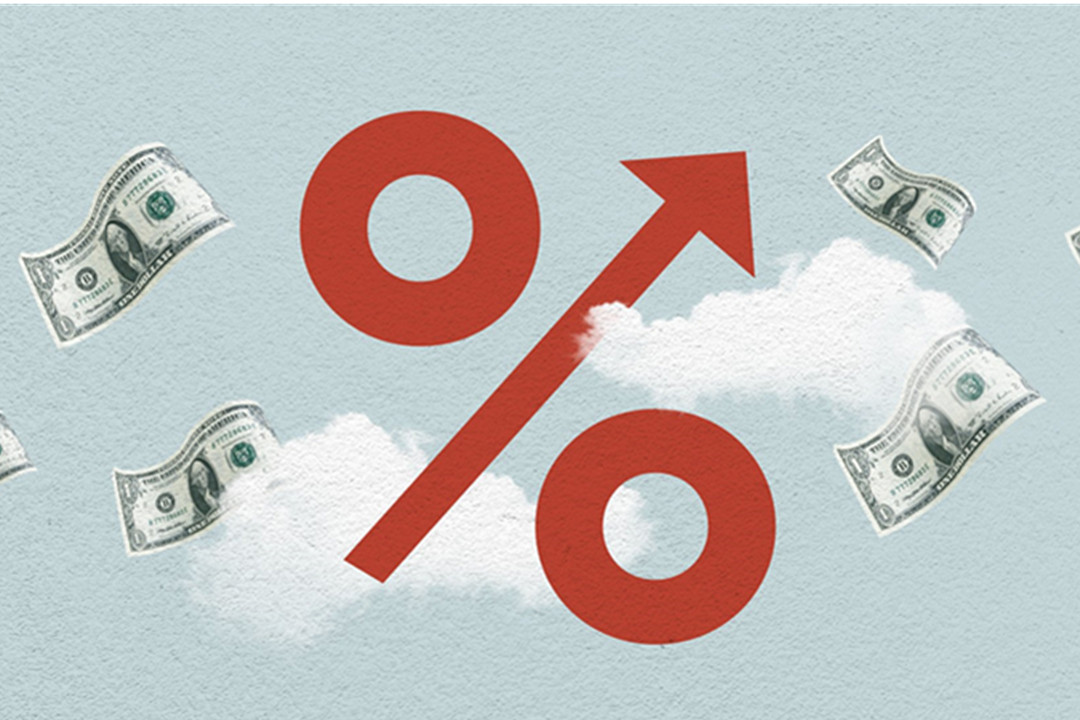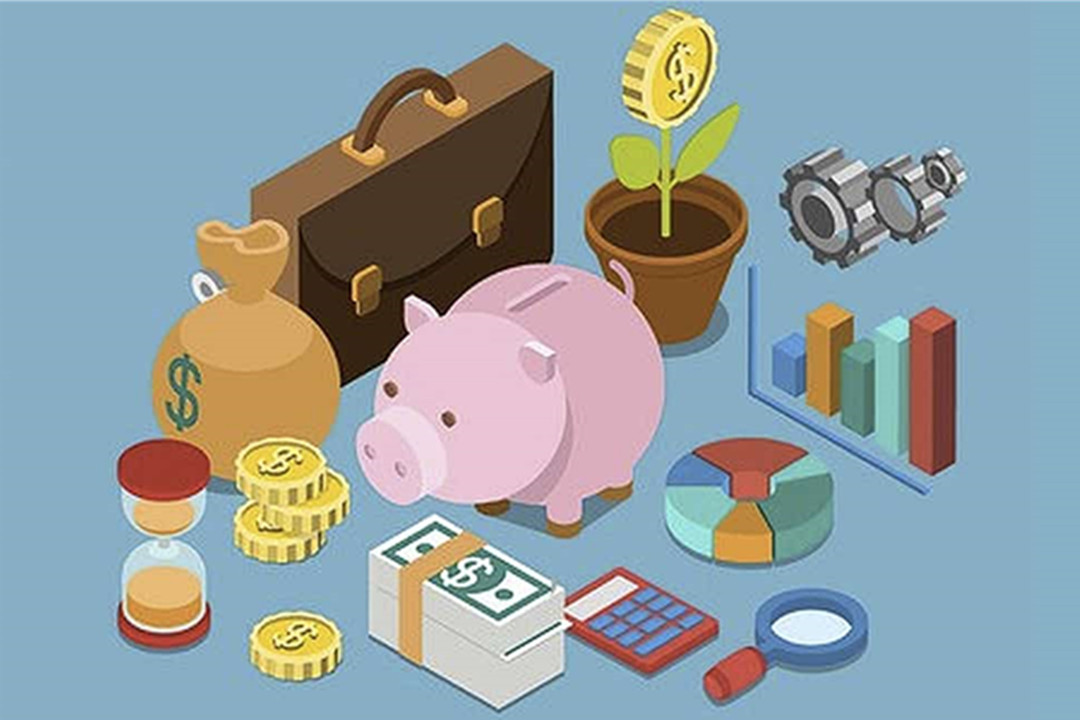Credit limits are not set in stone. They can fluctuate over time, depending on your financial behavior. If you consistently pay your bills on time and maintain a low credit utilization ratio, the issuer may increase your limit. Conversely, if you frequently miss payments or exceed your limit, the issuer may decrease it.
The credit limit is not just a number; it’s a tool for financial management. It’s essential to maintain a low credit utilization ratio, typically below 30%. This means if your limit is $10,000, try not to carry a balance of more than $3,000. High utilization can negatively impact your credit score, which in turn can affect your borrowing capacity in the future.
Understanding your credit limit also helps you avoid penalties. Exceeding your limit can result in over-limit fees, a decrease in your credit limit, or even the closure of your account. It’s important to monitor your spending and keep it within the boundaries of your limit.

Credit card limits also offer a safety net in case of emergencies. Having available credit can be a lifesaver during unexpected situations like medical emergencies or sudden car repairs. However, it’s crucial to use this wisely and not view it as free money.
Understanding your credit limit is more important than knowing how much you can spend. It’s about managing your finances wisely, maintaining a good credit score, and avoiding potential penalties. By decoding the enigma of credit card limits, you can pave the way to better financial health.





